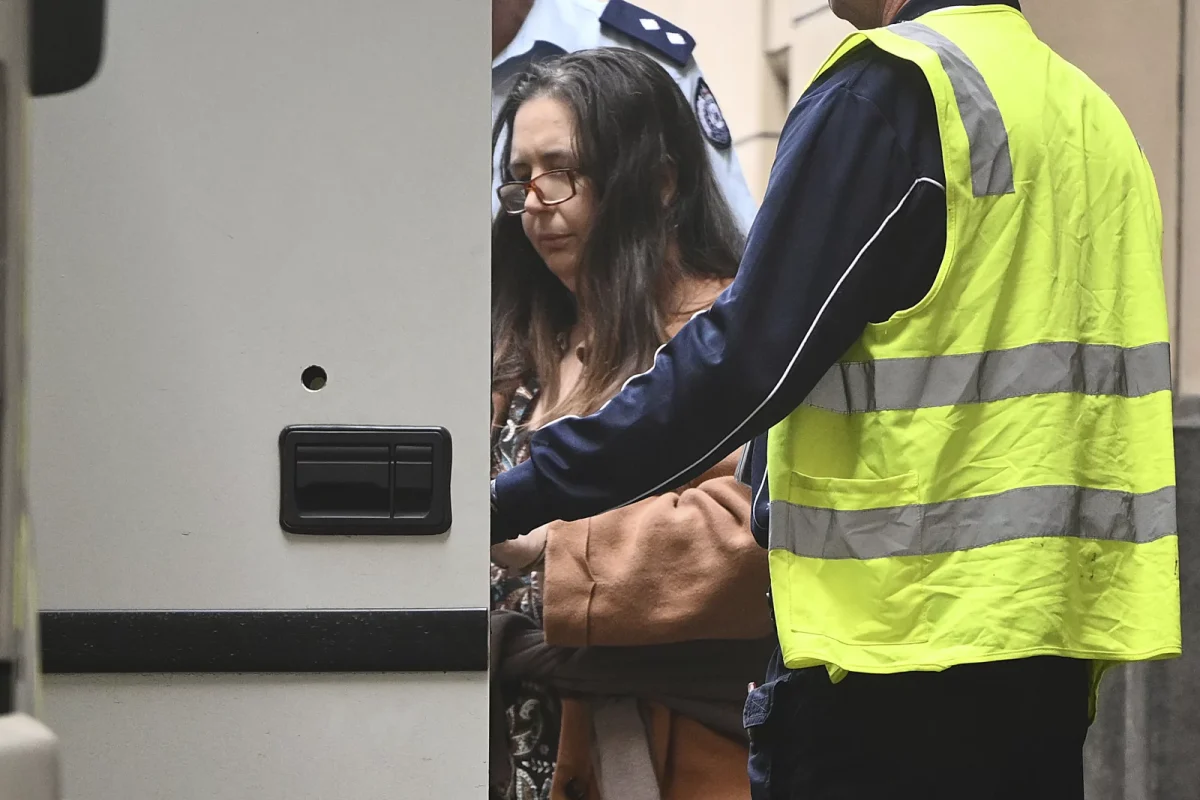Consider a square with side length x inscribed with two secant lines, each connected at one end to opposite corners of the square and at the other end 1/s of the way down the sides which construct either one of the remaining corners. The challenge is to compute the area A of the resulting shape contained by the lines and the two remaining sides of the square.
Now, this task can be done using pure geometry, but thinking outside of the box yields a more elegant and enlightening solution.
The area can be obtained by: the area of the square, minus the area of the two triangles created by the secant lines, plus the overlapping area of the two triangles B. Knowing that the square has side length x and the secant lines intersect the sides of the square at 1/s, the area can be written as:
A = x2 – ½(x2/s) – ½(x2/s) + B = x2 – x2/s + B.
To further compute the area A, notice that B is similar to A and can be expressed as the same shape inscribed in an auxiliary square with side length x/s. By substituting x = x/s into the above formula, we get:
B = x2/s2 – ½(x2/s3) – ½(x2/s3) + C = x2/s2 – x2/s3 + C ;
Where C is the also similar overlapping area contained by the auxiliary square. Further redundant expansion yields an infinite series formula for A which can be written as:
A = x2 ∑(-1/s)n [n=0,∞].
Since A is a geometric series where: {r = -1/s}∧{| r | < 1 ∀(s > 1)} ; The closed form of the series can be written as:
{A = x2/(1-(-1/s)) = sx2/(s+1)} ∀(s > 1).












